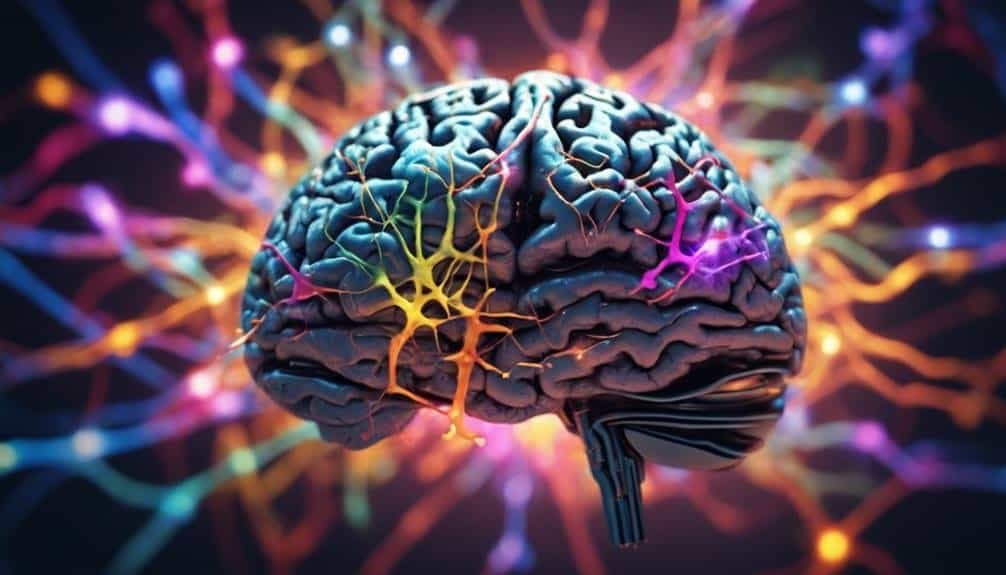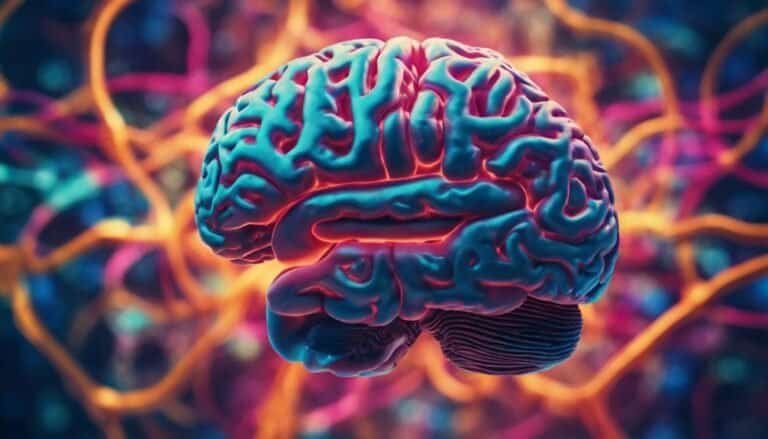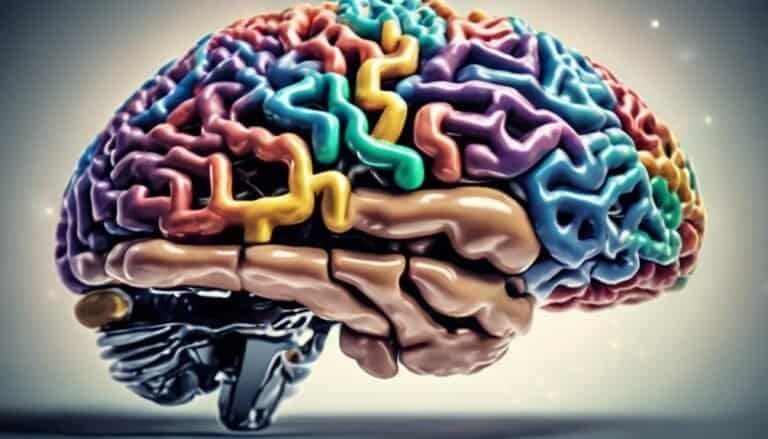Brain and the Art of Persuasion
Have you ever wondered how your brain processes information to influence decisions?
Understanding the intricate workings of the mind when it comes to persuasion can provide you with a unique insight into human behavior and decision-making.
By unraveling the connection between cognitive processes and the art of persuasion, you can gain a deeper understanding of how subtle cues and triggers can shape opinions and actions.
Stay tuned to explore the fascinating realm where neuroscience meets the power of persuasion.
Key Takeaways
- Understanding cognitive biases is essential for crafting persuasive messages.
- Emotional appeals create lasting persuasion effects by triggering empathy.
- Leveraging neurological triggers enhances persuasive abilities subconsciously.
- Ethical considerations, credibility, and social dynamics are crucial in effective persuasion strategies.
The Science of Persuasion
Understanding the principles behind cognitive biases plays a fundamental role in mastering the science of persuasion. Behavioral psychology delves into how individuals make decisions, often influenced by cognitive biases that skew rational thinking. In the realm of social dynamics, these biases can greatly impact how people perceive information and respond to persuasive attempts.
Research in behavioral psychology highlights various cognitive biases that influence decision-making processes. For instance, confirmation bias leads individuals to seek information that aligns with their pre-existing beliefs, reinforcing their current views. In social dynamics, this bias can hinder persuasion efforts by causing individuals to discount contradictory evidence.
Moreover, the availability heuristic, another cognitive bias, emphasizes the tendency to rely on readily available information when making judgments. In the context of persuasion, this bias can be leveraged by ensuring that key points or arguments are easily accessible and memorable to the audience.
Cognitive Biases and Influence
The influence of cognitive biases on decision-making processes in persuasion scenarios is a critical factor to consider when aiming to sway opinions effectively. Cognitive biases, rooted in behavioral psychology, play a significant role in shaping how individuals perceive information and make judgments. Understanding these biases can provide valuable insights into crafting persuasive messages that resonate with your audience.
Key Points:
- Anchoring Bias: People tend to rely heavily on the first piece of information they receive when making decisions.
- Confirmation Bias: Individuals seek out information that confirms their existing beliefs and ignore contradictory evidence.
- Availability Heuristic: Decisions are influenced by how easily examples come to mind, often overestimating the importance of recent or emotionally charged information.
Emotional Appeals in Persuasion
When employing emotional appeals in persuasion, consider the impact of evoking specific feelings on decision-making outcomes. Emotional manipulation through persuasive language can significantly influence individuals' responses. Studies have shown that emotional appeals can lead to more profound and lasting persuasion effects compared to rational arguments alone. By tapping into emotions such as fear, happiness, or empathy, persuaders can sway opinions and behaviors in their favor.
To effectively utilize emotional appeals, it's crucial to understand the target audience's emotional triggers and tailor the persuasive message accordingly. By appealing to individuals' emotions, one can create a sense of connection and empathy, making the message more relatable and compelling. However, it's essential to use emotional appeals ethically and avoid manipulating emotions solely for personal gain.
Neurological Triggers for Influence
Utilizing neurological triggers can strategically influence decision-making processes in persuasion. Our brains are wired to respond to certain stimuli in ways that we may not even be consciously aware of. By understanding these neurological responses, you can craft more effective persuasive strategies that tap into the subconscious cues of your audience.
Neurological Triggers for Influence:
- Mirror Neurons: These neurons fire both when we perform an action and when we see someone else performing the same action. Leveraging mirror neurons can create a sense of empathy and connection with your audience.
- Dopamine Release: The neurotransmitter dopamine is associated with pleasure and reward. Triggering dopamine release through specific cues can make your message more appealing and memorable.
- Emotional Contagion: Humans are wired to mimic the emotions of those around them. By displaying genuine emotions and cues, you can influence the emotional state of others, leading to more persuasive interactions.
Understanding and leveraging these neurological triggers can significantly enhance your ability to influence others effectively.
Ethical Considerations in Persuasion
Paying attention to ethical considerations in persuasion is essential for maintaining credibility and fostering trust with your audience. Ethical dilemmas can arise when persuasive techniques cross moral boundaries, potentially leading to manipulation or deception.
Research indicates that individuals are more receptive to messages that align with their values and beliefs, emphasizing the importance of ethical persuasion strategies. By respecting moral boundaries, you can enhance the effectiveness of your persuasive efforts while safeguarding the integrity of your message.
Studies have shown that transparent communication and honest representation of facts are key components of ethical persuasion. When crafting your message, consider the potential impact on your audience and strive to present information accurately and truthfully. By avoiding misleading tactics and respecting ethical norms, you can build a reputation for integrity and reliability in your persuasive endeavors. Remember, ethical considerations not only benefit your audience but also contribute to your long-term credibility as a communicator.
Conclusion
In conclusion, the brain is a powerful tool in the art of persuasion, acting as both a target and a weapon in influencing others. Like a skilled archer, understanding the science behind cognitive biases, emotional appeals, and neurological triggers allows one to hit the bullseye of persuasion.
However, it's crucial to wield this power ethically, as persuasion can have lasting impacts on individuals and society as a whole. Mastering the art of persuasion requires a deep understanding of the brain's intricate mechanisms and a conscientious approach to influence.







